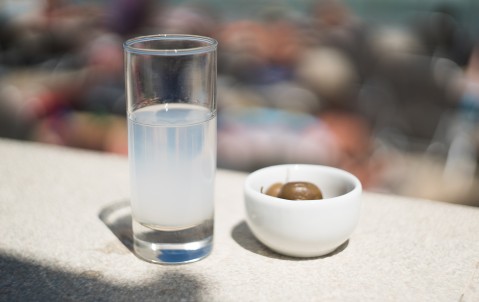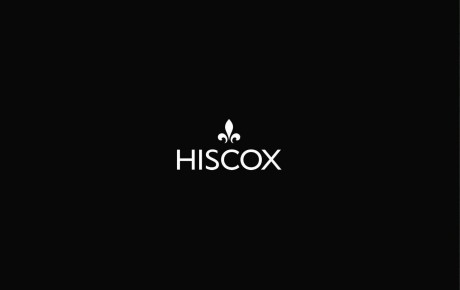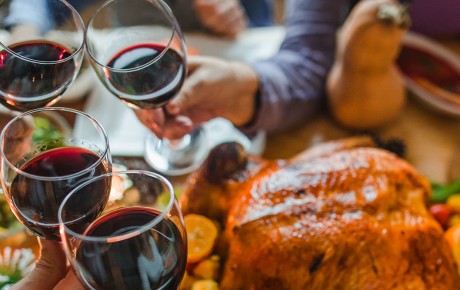
Encore pastis
As the nights draw in here, Bobby Read savours the intoxicating aromas and flavours of sun-bleached Haute Provence through the quintessentially French spirit. Anise-flavoured spirits have for centuries been popular tipples in countries bordering the Mediterranean. The Italians have sambuca, Greeks have ouzo, the Turks their raki, while the Lebanese and Syrians share a love of arak (though little else). But the French turn to pastis, mixed with ice-cold water and ice cubes, to slake their thirst, particularly in the sunny south.
Pastis evokes powerful images of France, of a glass being leisurely enjoyed under the shade of a plane tree in a little town square while the locals play boule nearby. As Peter Mayle wrote: "For me, the most powerful ingredient in pastis is not aniseed or alcohol but ambience, and that dictates how and where it should be drunk. I cannot imagine drinking it in a hurry.”
Its main ingredient is star anise, but each pastis also includes a heady blend of herbs and spices, many of which grow on the verdant slopes of the mountains in south-eastern France. They are macerated in alcohol to extract their individual flavours and aromas before being blended to a secret recipe that’s closely guarded by each maker.
Absinthe – pastis’ mad relative
Pastis’ history is inextricably linked with that of absinthe, which became known as la fée verte, or the green fairy, after the colour given it by its eponymous ingredient, wormwood, or artemisia absinthium, a bitter-tasting herb used for centuries to cure a wide range of ailments from rheumatism to stomach upsets. But it was for its alleged mind-altering qualities rather than its medicinal properties that it became famous.
Henri-Louis Pernod – scion of the family whose name still adorns bottles of anise-flavoured spirit to this day – made absinthe popular in the early 1800s, but it reached its peak in popularity, and arguably notoriety, in fin de siècle Paris.
It was a favourite of artists and writers who hung around the city at the end of the 19th century. Reputed to be hallucinogenic, it’s been blamed for Van Gogh chopping off his ear and for Paul Verlaine attempting to shoot fellow poet Arthur Rimbaud. Oscar Wilde, another enthusiastic imbiber, wrote of absinthe: "After the first glass you see things as you wish they were. After the second, you see things as they are not. Finally – you see things as they really are – and that is the most horrible thing in the world.”
Count Dracula described absinthe as the self: “the aphrodisiac of the self.” He told Mina Harker: “The green fairy who lives in the absinthe wants your soul. But you are safe with me.” I wouldn’t be so certain, Mina.
Today, absinthe’s mind-bending qualities are now attributed more to its rocket-fuel-like alcohol content (normally 60%-70%) and people’s prodigious consumption of it back then, rather than the chemical thujone found in wormwood. The simple fact was that absinthe was cheap, strong, and readily available, so not only appealed to struggling artists and writers but also to just about every working-class person who needed to take the edge off a miserable life.
By 1910 the French were drinking 36 million litres of absinthe a year, helped by the wine industry’s collapse, which was devastated by the vine disease phylloxera in the 1860s and 1870s. Fears about the ravages inflicted by absinthe in France around the turn of the 20th century were as acute as they were about gin in England in the first half of the 1700s, when cheap, powerful and full of God-knows-what earned it the nickname “mother’s ruin”. Similar rumblings about how the drink was weakening the country’s moral fibre saw it banned in France in 1915 (encouraged by the wine industry, which didn’t appreciate the competition).
Only in the 1920s did the government eventually gave the go-ahead for anise-flavoured spirits to be produced once more, providing they weren’t absinthe. Step forward a pushy young businessman who was the son of a wine merchant called Paul Ricard, who introduced an anise-flavoured aperitif. His heady brew regularly fell foul of the authorities, but his countrymen got a taste for his tipple, which becomes known as pastis, derived from the Provençal word for blend or mixture. Eventually Ricard managed to get the law changed in the 1930s allowing a higher alcohol content, Pernod launched its own anise drink (though it still refuses to call it pastis) and the rest is history – apart from a small hiccup when it was banned again during World War Two.
Pastis revival
Now, pastis is enjoying something of a renaissance along the lines of gin in this country. There are now a growing number of artisanal pastis producers in France creating their own unique takes on the spirit. My particular favourite is Henri Bardouin, made by Distilleries et Domaines de Provence. It’s a blend of over 65 herbs and spices, including star anise from China, liquorice from Turkey, tonka beans from Guyana (which offer aromas of vanilla, cherry, almond and cinnamon), as well as thyme, sage, rosemary and mugwort grown on the Montagne de Lure.
On the nose, this has a very clean aniseed scent that isn’t overpowering. In the mouth, it is very crisp and clean, and, most importantly, not too sweet. On a hot summer day, it would be very refreshing and cleansing. But drinking it in the colder months in Shropshire makes me wish I wasn’t here, but instead enjoying some late sun in Provence. As I drink it, I have a small side plate of fresh tomatoes with a sprinkling of sea salt that makes the flavours even sharper – think of it as a Mediterranean version of tequila with lime and salt. As I near the end of my glass, with the images and aromas of that pocket of south-eastern France where Bardouin is made – the olive groves, lavender fields, vineyards, and fragrant, herby plateaux of Haute Provence – swirling around my mind, I think maybe one more…



